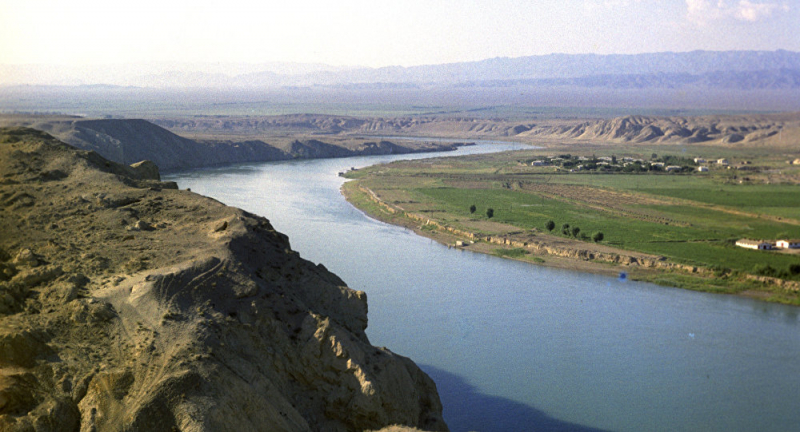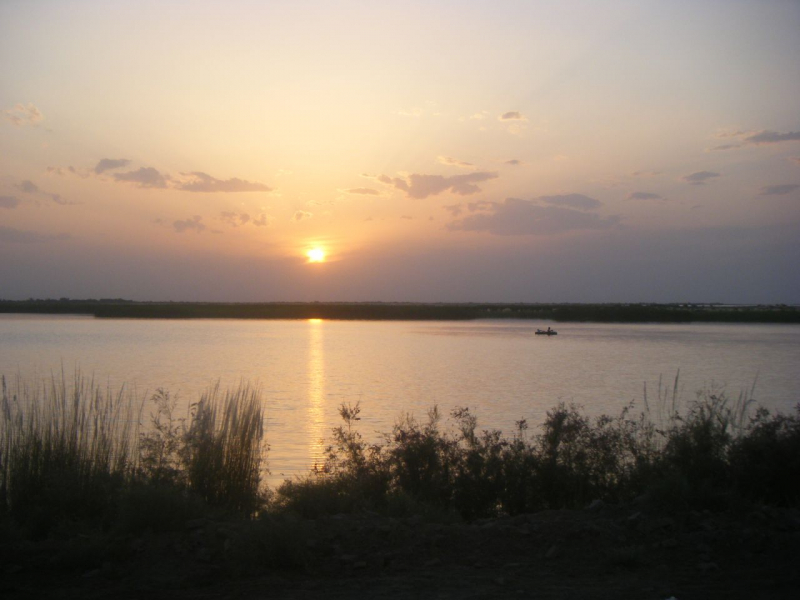Amu Darya

The Amu Darya River stretches for 879 kilometers and is the Longest River in Afghanistan. The river gets its water from Qal'eh'ye Panjeh in Afghanistan, where the Vakhsg and Panj rivers meet. It then flows northwest, draining the remnants to the Aral Sea or disappearing in the deserts. The river's basin covers 534,739 square kilometers. Because greater evaporation decreases river water downstream, the high mountains offer the essential precipitation to keep the flow going. The river supplies irrigation water. People who settled along the river's path exploited its waters for irrigation and the building of villages and cities in the fifth century. Historically, the river served as Greater Iran's geographical barrier from Turan.
Prior to 1970, the river split into several tributaries, forming a delta before flowing into the Aral Sea. The Soviet Union began diverting enormous volumes of water that had been put up to irrigate cotton and other crops in the river's lowland section in the 1950s. By 1960, the Karakum Canal had been constructed, carrying water from Turkmenistan to Mary and Ashgabat. This diversion reduced the amount of river water that flowed into the sea. As irrigation grew on the hot, dry floodplains, the river salinity rose and the soils became unproductive. The river no longer emptied into the Aral Sea by the twenty-first century. Poplars, Jupiters, and blackberries grow along the river's mountainside. Willows, buckthorns, and oleasters predominate in the lower sections. Trees that are resistant to salt and drought thrive at the lowest levels. There are no fish or birds in the river.
Total Length: 879 miles









